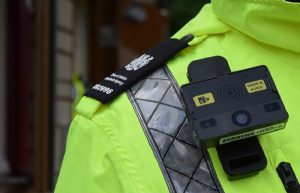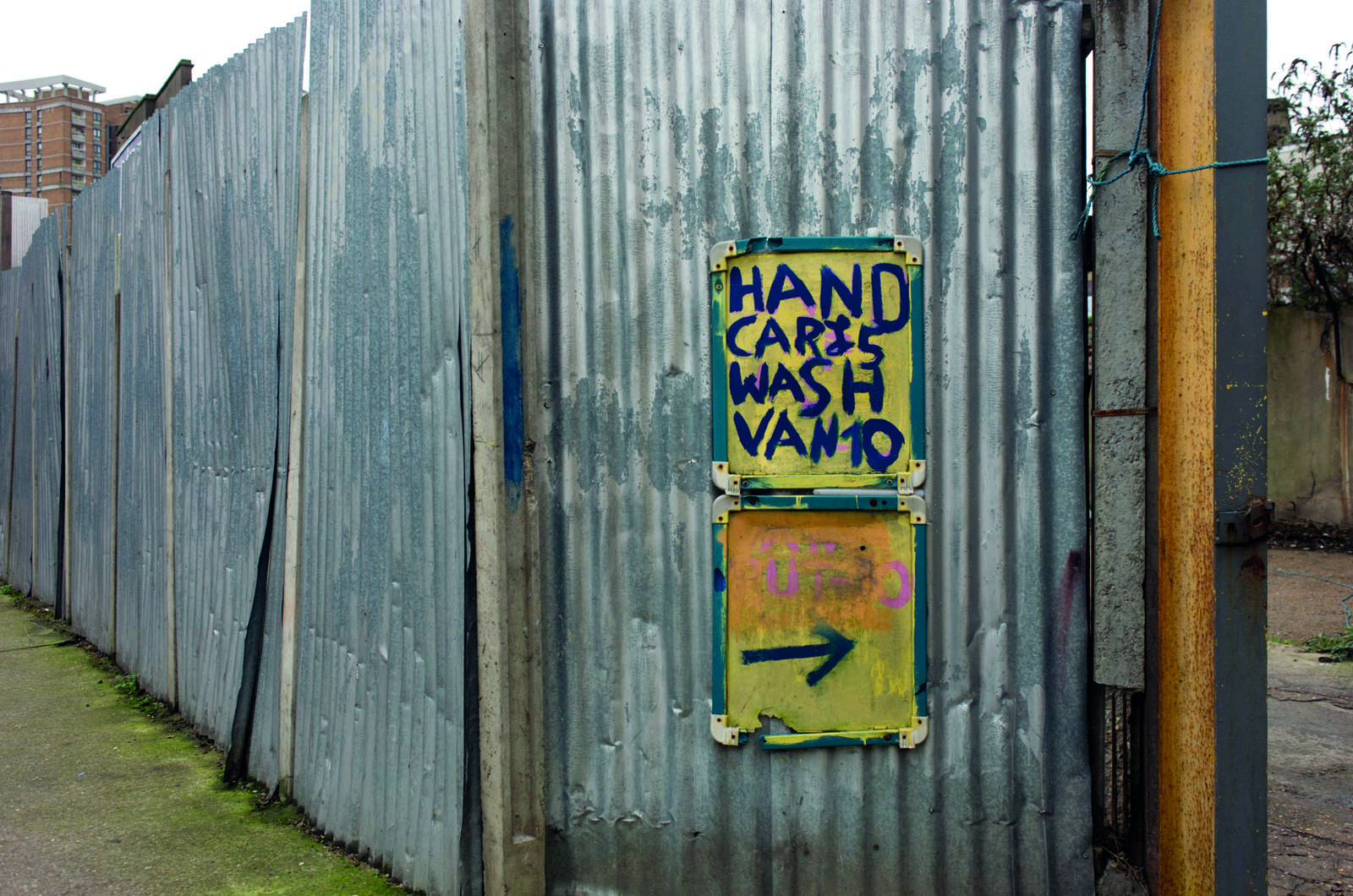Testing both performance and labelling in accordance with UNECE 90 Regulation, DVSA recently tested eight different brands of aftermarket brake pads.
Using the registration number of the host vehicle for correct component selection, the compatible components were selected. Each brake pad was then tested to R90 standards and associated performance requirements where there is a tolerance of +/- 15 percent of the OEM.

In performance tests, three out of the eight brake pad brands were found to be non-compliant and failing to meet the performance requirements.
READ: R90 pad test: DVSA responds to questions
Further findings showed that approval documents for the three failed components were false, and that the component and associated packaging were incorrect as they displayed an approval number that was not valid for that particular application.
The three brands, which DVSA has not yet named, have been instructed to withdraw the brake pads from sale until the proper approvals have been granted and the relevant approval authority has also been notified of the incorrect use of their approval according to trade body IAAF.
Ian Bartlett, Senior Engineer, Vehicle Safety & Market Surveillance Unit, said: “The findings from this work have proved that the current quality systems used by these producers and distributors have allowed the sale of incorrect brake pads. We will use this period to educate the market to ensure that corrective action can be taken to prevent further occurrence.”
Mark Field, IAAF Chief Executive, said: “It’s clear that more work needs to be done on re-educating parts of the market on the requirements of regulation R90, both for pads and discs, something which IAAF will look to support the market with in the coming months. It’s also evident from DVSA that every business in the supply chain – garages, motor factors, suppliers – has a responsibility to ensure the parts they sell and fit meet the regulations for which they were intended.”











A good journalist would contact all UK friction suppliers and ask the question are you one of the three brands in question and publish the results.
Manufactures should be named, so garages can avoid fitting non standard parts, as these parts are replace to protect lives. Always offer OE & after market to suit customers budget, but would never n
knowingly fit substandard parts. So name the Manufacture to save lives.
So what’s the point if the failed brands aren’t named? Do we guess?
It has been obvious that a large percentage of the Aftermarket braking products were substandard. Do you remember the Unipart survey of a few years back … technical issues saved the day for the substandard producers but now we have the oortunott to name and shame it looks like the offenders will once again win ! This is a disgrace because we are already accepting braking which could be 15% less efficient than the o.e. … so how bad is it !!!!
If you don’t agree then just remember one thing … the car following your family tonight could be fitted with that rubbish !!!
I don’t think you understand how the R90 test works!
The 15% threshold has nothing to do with how fast your car stops in an emergency.
R90 deceleration tests are done at fixed pressure – to give a comparison of deceleration level at a known pressure with the original pad. This m/s² deceleration has to be within + or – 15% of the OE m/s² level at each pressure.
In the real world if you want to stop faster you would put your foot harder on the brake.
Having a similar friction level to the pads the car was designed with was much more important in old cars before ABS and EBD.